We’re always told that the journey is just as important as the destination. This is true in many aspects of life, but perhaps nowhere as much as in scientific research. Flexibility, curiosity, and attention to detail can lead to a treasure you weren’t even expecting to find. TAU’s scientists talk about research that began one way and ended another, thanks to a few surprises along the way.
A treasure in a pot
A team of archeologists on an excavation mission found that sometimes, the appearance of a clay pot is no indication of its contents. “On one of the excavations in Megiddo, we removed the partitions separating the different sections of the dig and found a whole clay pot full of dirt,” says Naama Walzer, a doctoral student in the
Department of Archeology and Early Eastern Cultures at Tel Aviv University.
“We packed it up and planned to send it to a molecular residue lab to find out what used to be stored inside of this pot, which we dated to around 1100 BCE.” The pot was stored in an office, but after a while it became clear that preservation in that area of the excavation wasn’t up to standard, so the team decided to empty the pot, in a controlled way, and poured out its contents on the table. “We weren’t expecting to find what ended up being inside: a treasure trove of jewelry, considered one of the greatest troves found in Israel from the Biblical period!”
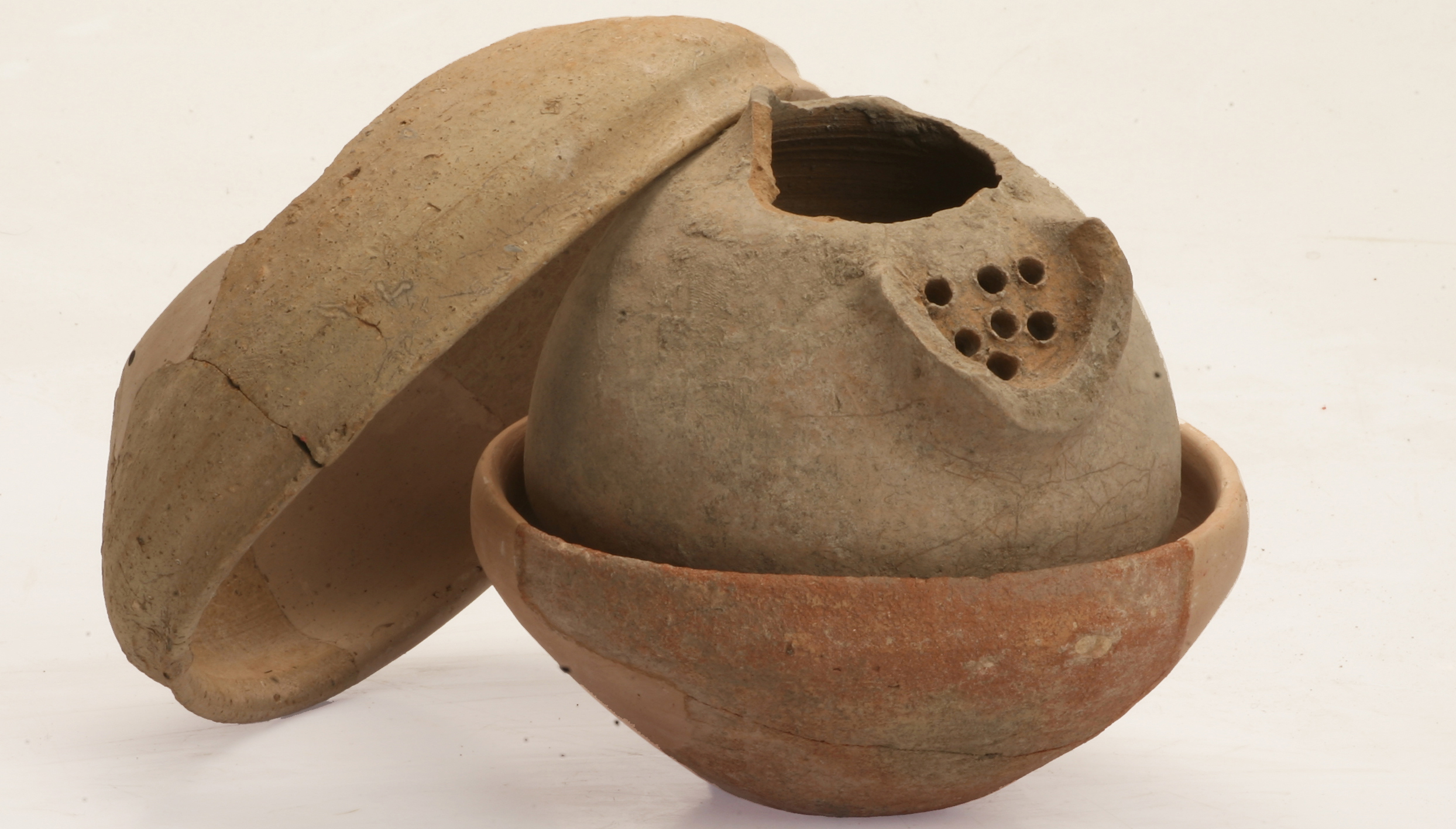 The pot discovered in Megiddo. (Photo courtesy of the Sonia and Marco Nadler Archeology Institute)
The pot discovered in Megiddo. (Photo courtesy of the Sonia and Marco Nadler Archeology Institute)
Among other things, the trove contained nine large earrings and a seal ring, over a thousand small gold beads, and silver necklaces and jewelry. “This is how we found the big treasure of Area H, which is now part of the permanent exhibition at the Israel Museum in Jerusalem,” concludes Walzer.
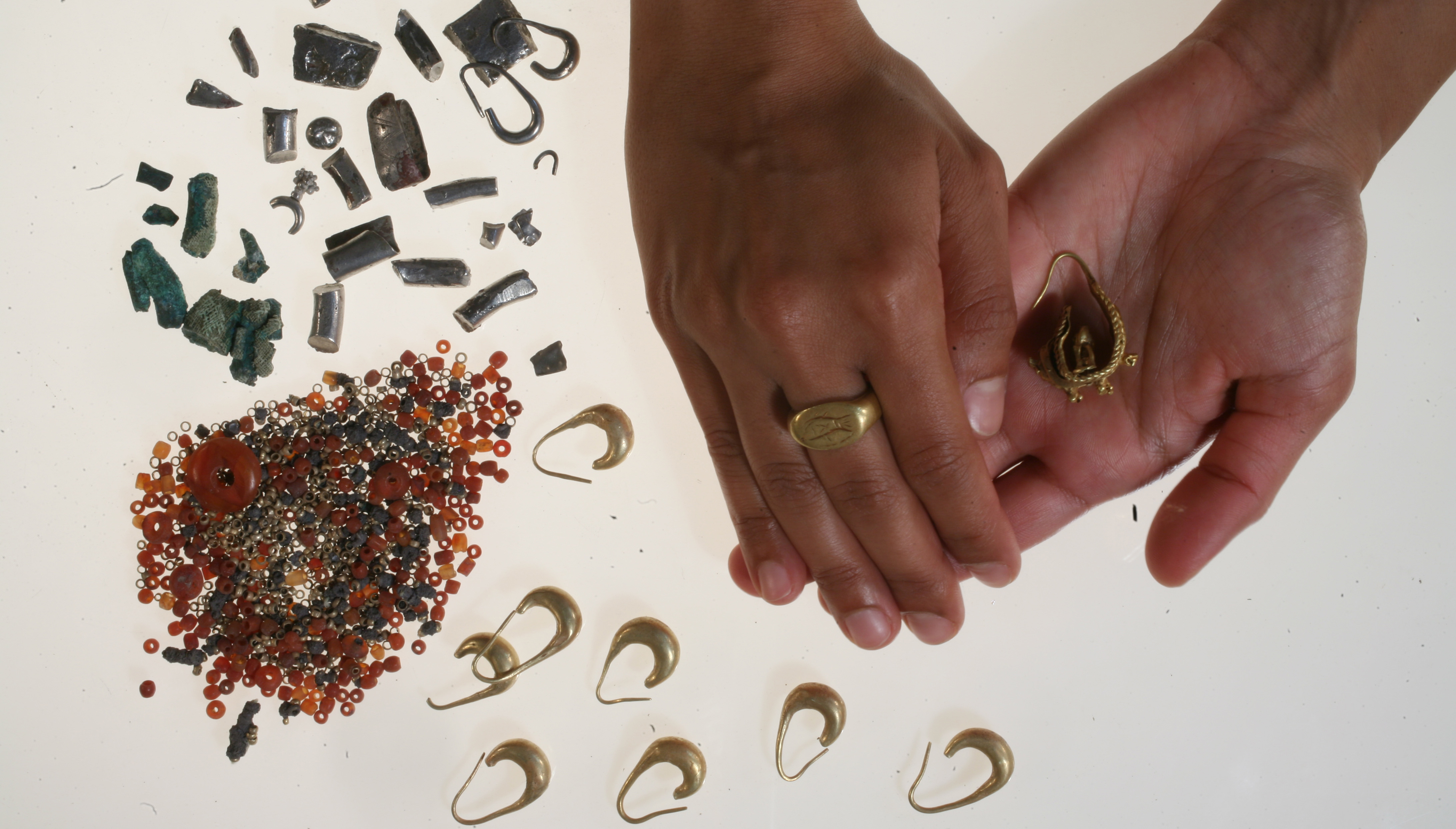 Earrings, rings and gold beads. A huge treasure from the Biblical period. (Photo courtesy of the Sonia and Marco Nadler Archeology Institute)
The longest record in the lowest place
Earrings, rings and gold beads. A huge treasure from the Biblical period. (Photo courtesy of the Sonia and Marco Nadler Archeology Institute)
The longest record in the lowest place
We’ve all heard that still water runs deep, but did you know it can run deep enough to be remembered hundreds of thousands of years later? “I was looking for places to sample a rock that sank, in a still setting, to the bottom of the Dead Sea,” recalls Prof. Shmulik Marco, head of the
Porter School of the Environment and Earth Sciences.
“The goal was to measure the magnetic properties of the rock in order to reconstruct the changes that have occurred in the Earth’s magnetic field. This information is essential to understanding one of the most important mysteries in geology. Scientists still have no satisfactory explanation for the mechanism that causes changes in the magnetic field, such as surprising reversals or constant changes in the position of the magnetic poles. While sampling the rocks, I found layers that looked “messy”. The study took an unexpected turn when I realized the “mess” was the result of earthquakes, and that became the main focus of the research.”
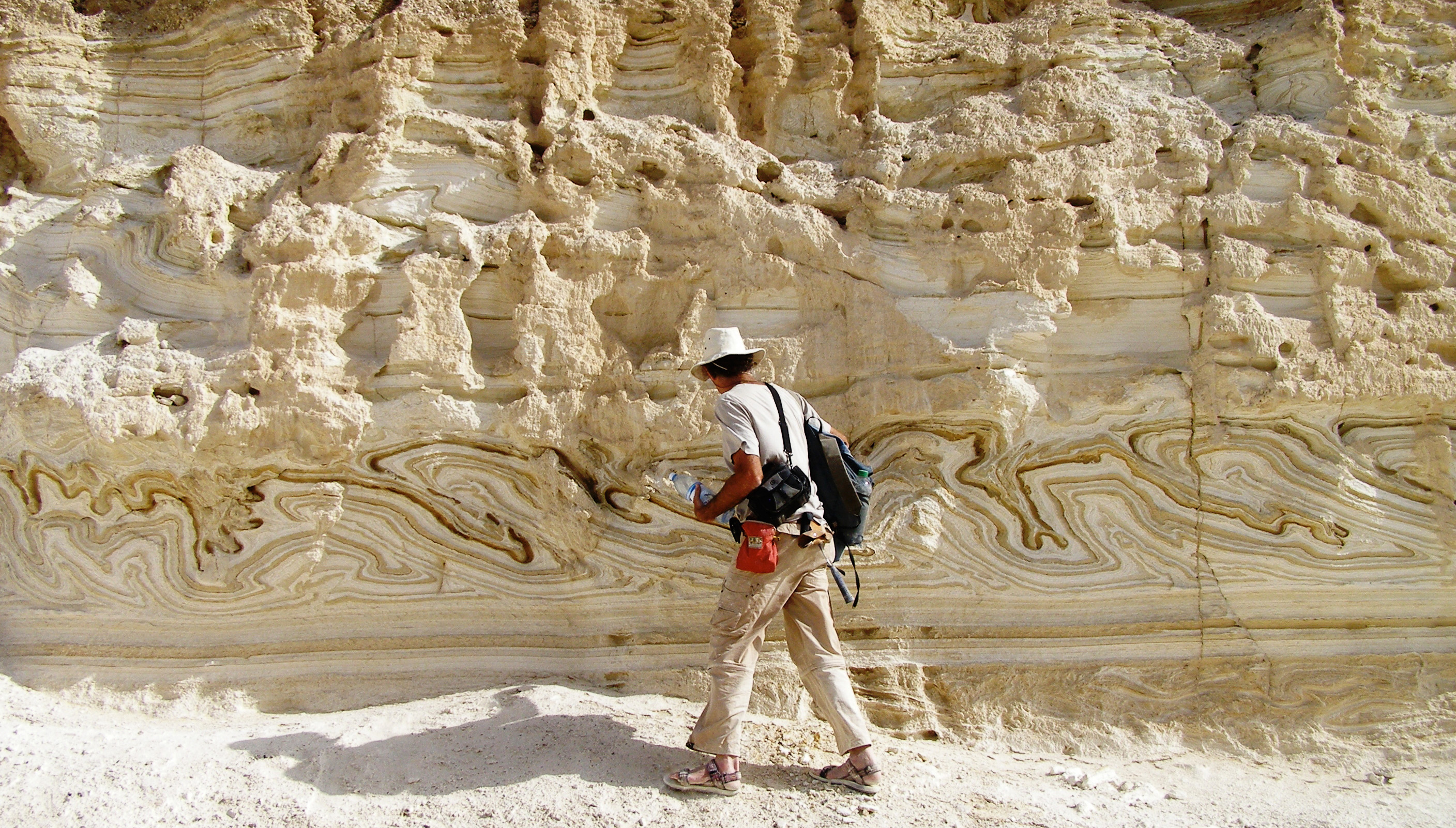 The lowest place: layers of rock at the Dead Sea
The lowest place: layers of rock at the Dead Sea
Because modern seismographs have only existed for about a century, which is barely a moment in earthquake terms, it’s impossible to know how a specific area behaves over long periods of time. In Israel, for example, there’s documentation from the Biblical period (about 3,000 years ago), which is still considered very little. “But now we have a record of the earthquakes that happened around the Dead Sea in the last 220,000 years. That’s considered a unique, world record, because there’s no other documentation in the world that’s so long and continuous,” concludes Professor Marco.
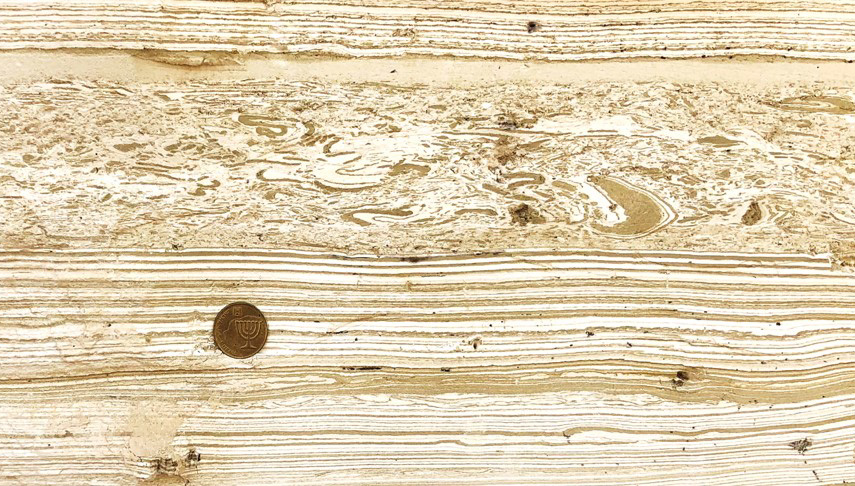 Neat vs messy: A layer of rock in which the natural order was disturbed
A miracle of light
Neat vs messy: A layer of rock in which the natural order was disturbed
A miracle of light
As she was nearing the end of her postdoctoral studies at Yale University, Dr. Ines Zucker of the
Iby and Aladar Fleischmann Faculty of Engineering decided to advise an undergraduate student in a promising, short-term study.
But as we all know, the only thing you can count on in life is that everything changes: “The purpose of the study was to show a difference in damage to liposomes (microscopic spheres filled by fluorescent fluid and surrounded by a membrane, used in medicine and in scientific studies of biological membranes) by a nanomatter called MnO2, produced in various structures,” explains Dr. Zucker.
“In the past, we’ve shown a fluorescent fluid leak (i.e., liposome damage) was dependent on the surface of the nanomatter, and this time we wanted to show it also depended on its structure. But… research has its own rules – we couldn’t find the kind of damage we were looking for. Right as we were about to give up on the study, we took the system to a fluorescence microscope, where we saw that the liposomes and the nanomatter interact in a way we’ve never seen before in this context: the liposomes envelop the nanomatter, but remain whole, intact spheres without leakage! It was like a miracle of light.”
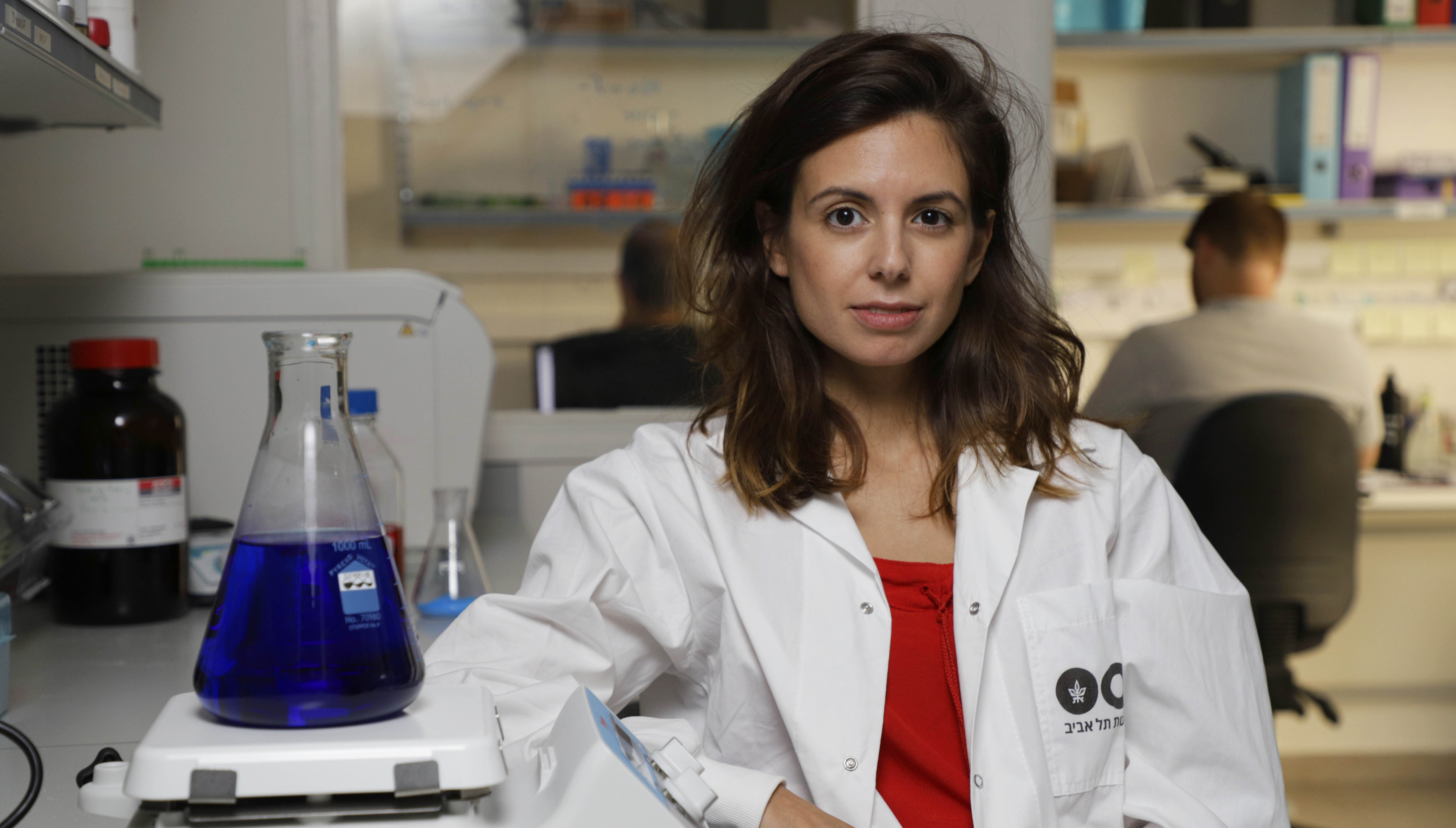 “Many times unexpected discoveries surprise us.” Dr. Zucker in the lab
A star (re)born
“Many times unexpected discoveries surprise us.” Dr. Zucker in the lab
A star (re)born
For Dr. Iair Arcavi, of the
Department of Astrophysics at the
Raymond and Beverly Sackler Faculty of Exact Sciences, a routine evening of surveying space through a robotic telescope led to discovering a brand new phenomenon: the resurrection of a star.
“A few years ago, we came across a ‘star that didn’t want to die’ and kept exploding again and again,” Dr. Arcavi says. “Every night the telescope would find lots of new things, most of them uninteresting. Even with this supernova (which is a star that exploded), we initially thought it was uninteresting, because when the survey first caught it, it was in the dimming stage, and we thought we’d missed the interesting part. We noticed for weeks that the supernova was starting to get bright again, which is something that shouldn’t happen, so that piqued our interest and made us follow the supernova with additional telescopes.”
 A supernova exploding far, far away
A supernova exploding far, far away
“Usually, when a star explodes, the light intensity goes up and down and eventually disappears after a few months. In our case, the light intensity went up and down, then did it again and again, for a total of five times over two years. What surprised us even more was when we discovered that this star actually exploded in 1954, and after a star explodes, it’s not supposed to explode again, because the explosion destroys the star. To this day no one’s been able to explain it, and we haven’t seen a similar event since.”
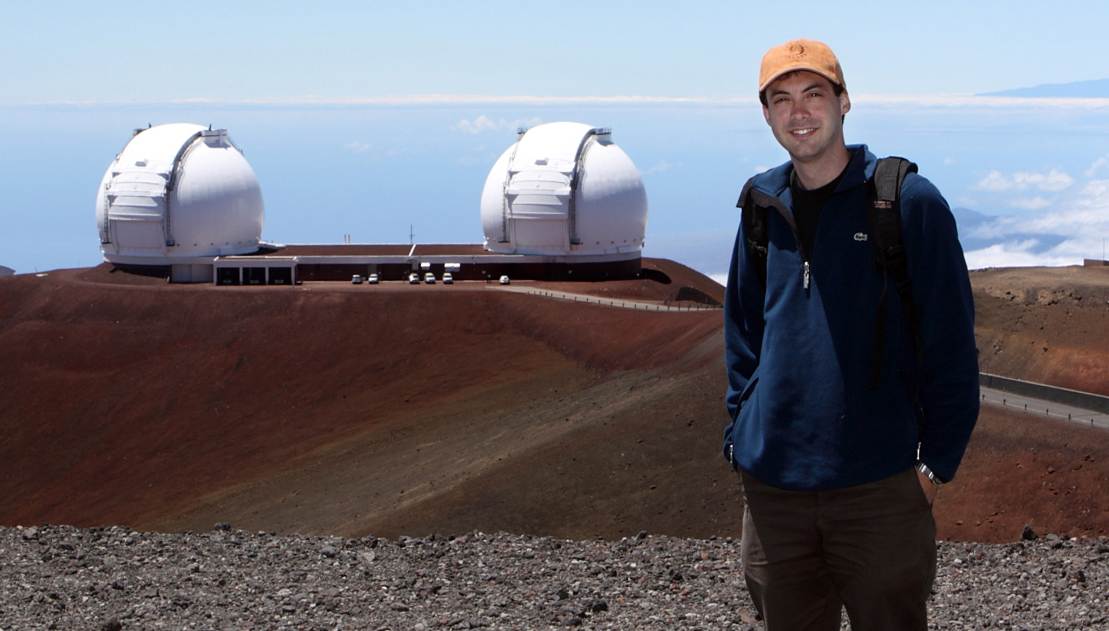 The sky is full of surprises: Dr. Arcavi and the Hawaii observatory
Two for the price of one
The sky is full of surprises: Dr. Arcavi and the Hawaii observatory
Two for the price of one
Have you ever looked for a solution to a problem, only to solve an entirely different problem along the way? That’s exactly what happened to Prof. Noam Shomron of the
Sackler School of Medicine.
“We wanted to develop a way to identify a specific disease, but along the way we discovered more options, so we made those additional targets of the research,” he says. “We tracked thousands of pregnant women, to characterize blood molecules that can be early markers of preeclampsia, a condition that can only occur after the 20th week of pregnancy. Not only did we find those molecules, we also managed to characterize other molecules, that could be an indicator of gestational diabetes.” (There’s no connection between the two conditions, except that they both occur during pregnancy.)
“What’s exciting about this story is that there’s still no way of identifying, in the first trimester, using a simple blood test, problems that can occur in the second or third trimester. But our discovery will allow simple blood tests to be developed to identify both conditions, which will then lead to preventative measures at an early stage, and ensure the wellbeing of both mother and baby.”
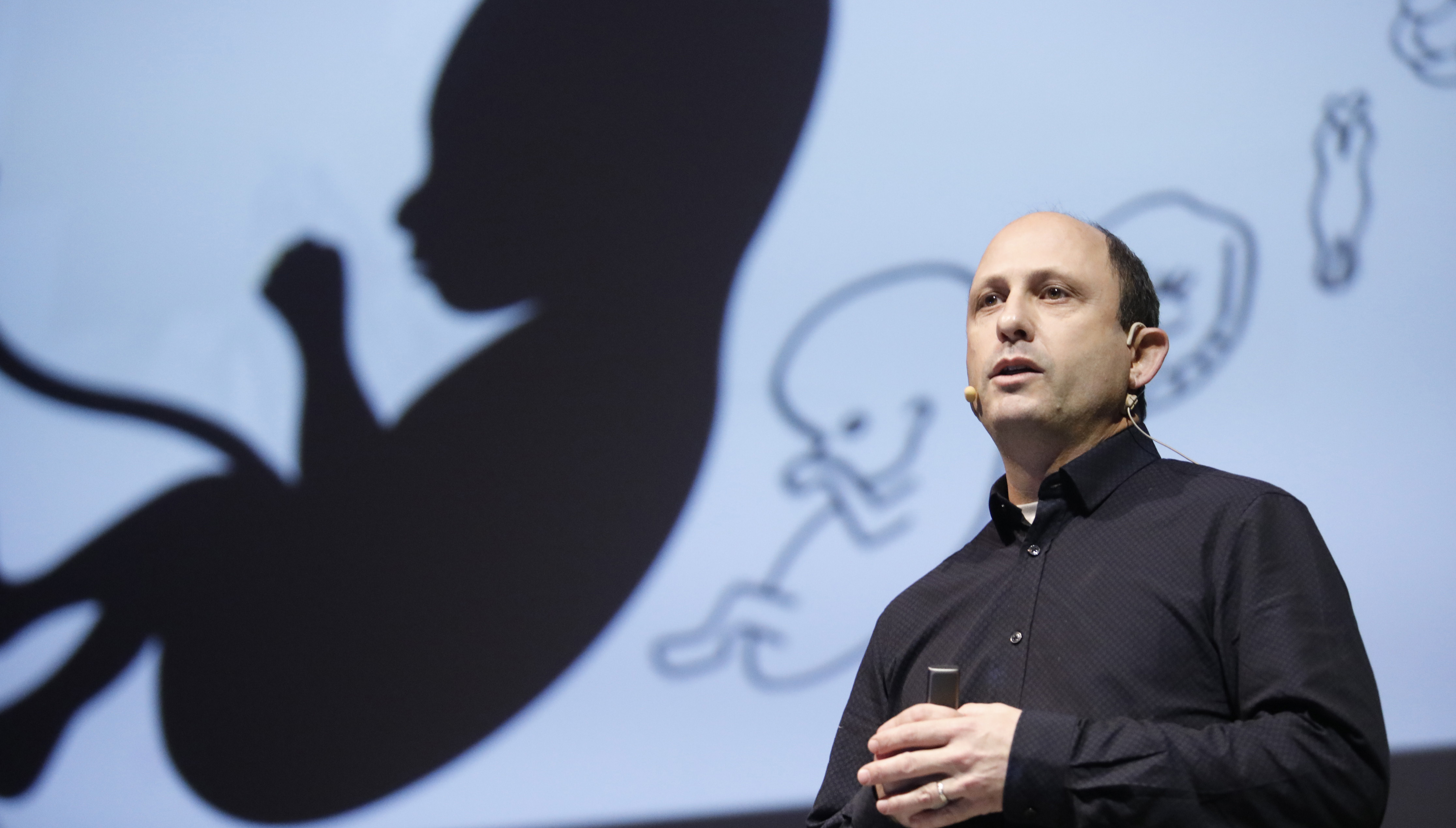 Professor Shomron talking about his accidental discovery at an “Atnahta” event at TAU
Professor Shomron talking about his accidental discovery at an “Atnahta” event at TAU
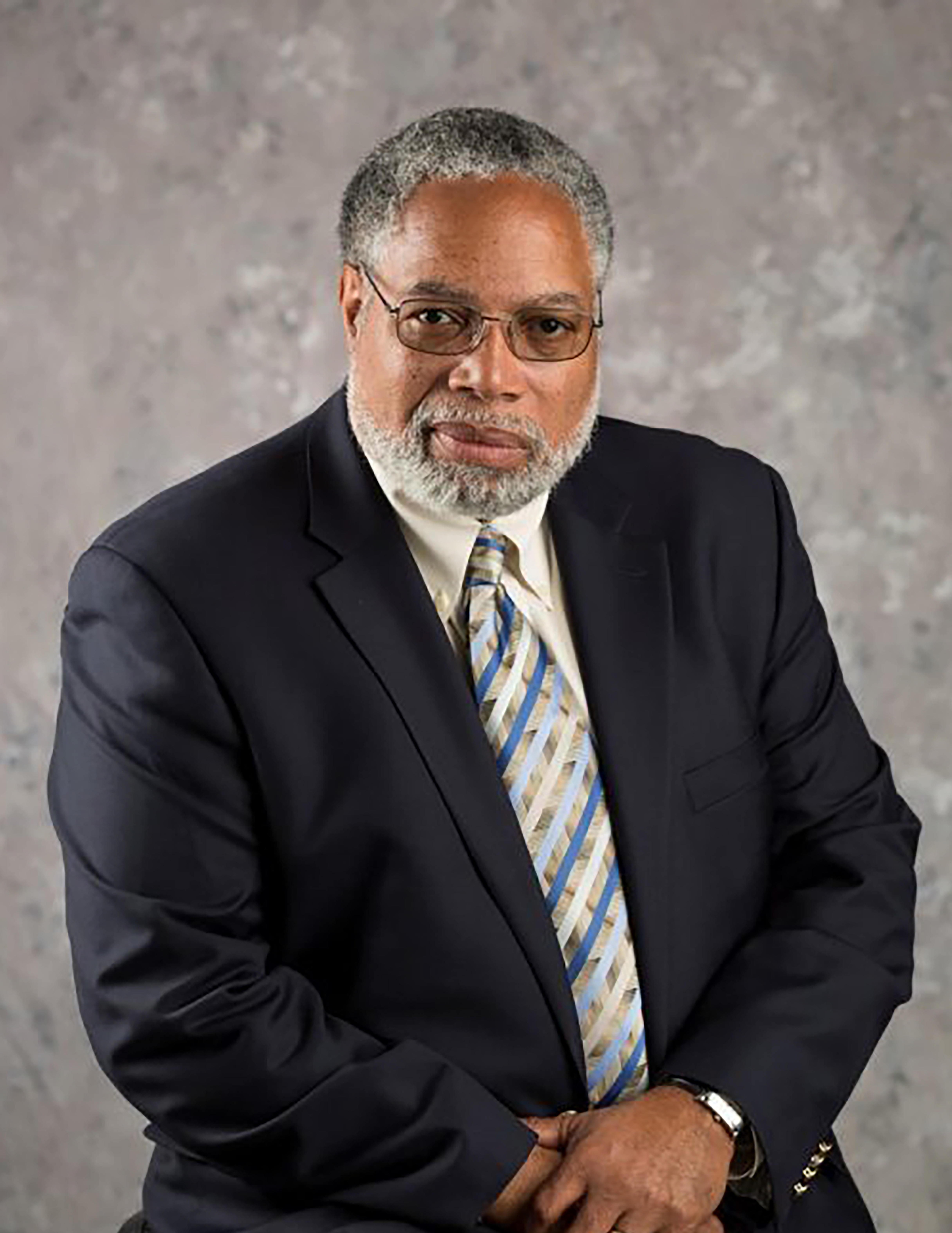 Lonnie G. Bunch III was the founding director of the Smithsonian’s inspiring National Museum of African American History and Culture in Washington, D.C., which constitutes the most comprehensive and significant project toward the preservation of the full sweep of African American history and its impact on American and world history. With over 40,000 exhibits, the museum has been critically praised for its clear-sighted, unflinching portrayal of the African American experience. An influential curator and prolific author, Bunch serves today as the Smithsonian’s 14th Secretary – the first historian and first African-American to be appointed to this position.
Lonnie G. Bunch III was the founding director of the Smithsonian’s inspiring National Museum of African American History and Culture in Washington, D.C., which constitutes the most comprehensive and significant project toward the preservation of the full sweep of African American history and its impact on American and world history. With over 40,000 exhibits, the museum has been critically praised for its clear-sighted, unflinching portrayal of the African American experience. An influential curator and prolific author, Bunch serves today as the Smithsonian’s 14th Secretary – the first historian and first African-American to be appointed to this position.
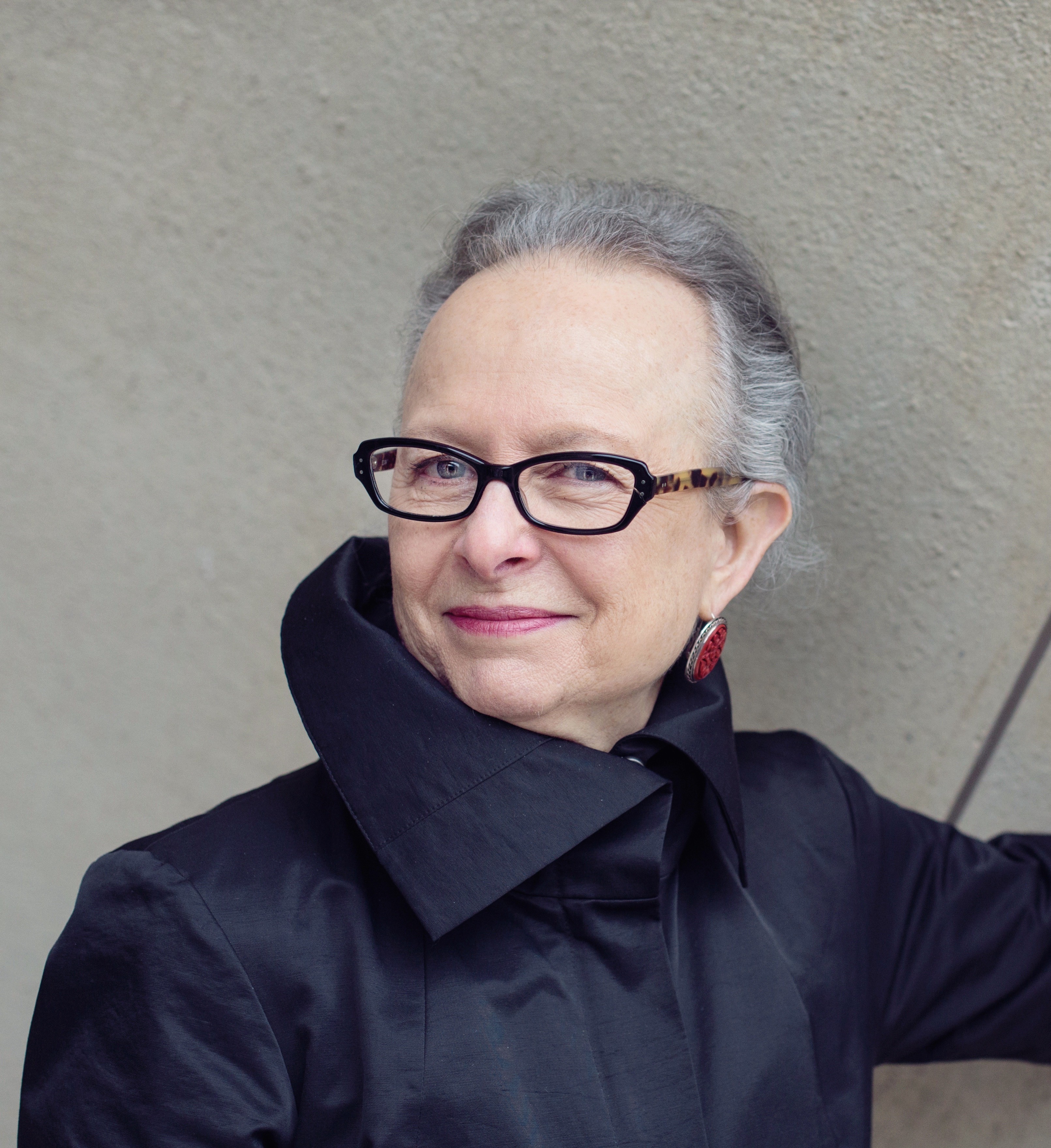 Prof. Barbara Kirshenblatt-Gimblett is a distinguished scholar of Performance studies and Jewish Studies at New York University, who led the development of the core exhibition of POLIN Museum of the History of Polish Jews, winner of the 2016 European Museum of the Year Award. The museum is a hub for Jewish historical preservation in Warsaw, tracing the 1000-year history of Polish Jews, in an effort to re-animate a vibrant and culturally rich vanished Jewish world, which she has spent a lifetime exploring – telling the story literally where it took place.
Prof. Barbara Kirshenblatt-Gimblett is a distinguished scholar of Performance studies and Jewish Studies at New York University, who led the development of the core exhibition of POLIN Museum of the History of Polish Jews, winner of the 2016 European Museum of the Year Award. The museum is a hub for Jewish historical preservation in Warsaw, tracing the 1000-year history of Polish Jews, in an effort to re-animate a vibrant and culturally rich vanished Jewish world, which she has spent a lifetime exploring – telling the story literally where it took place.
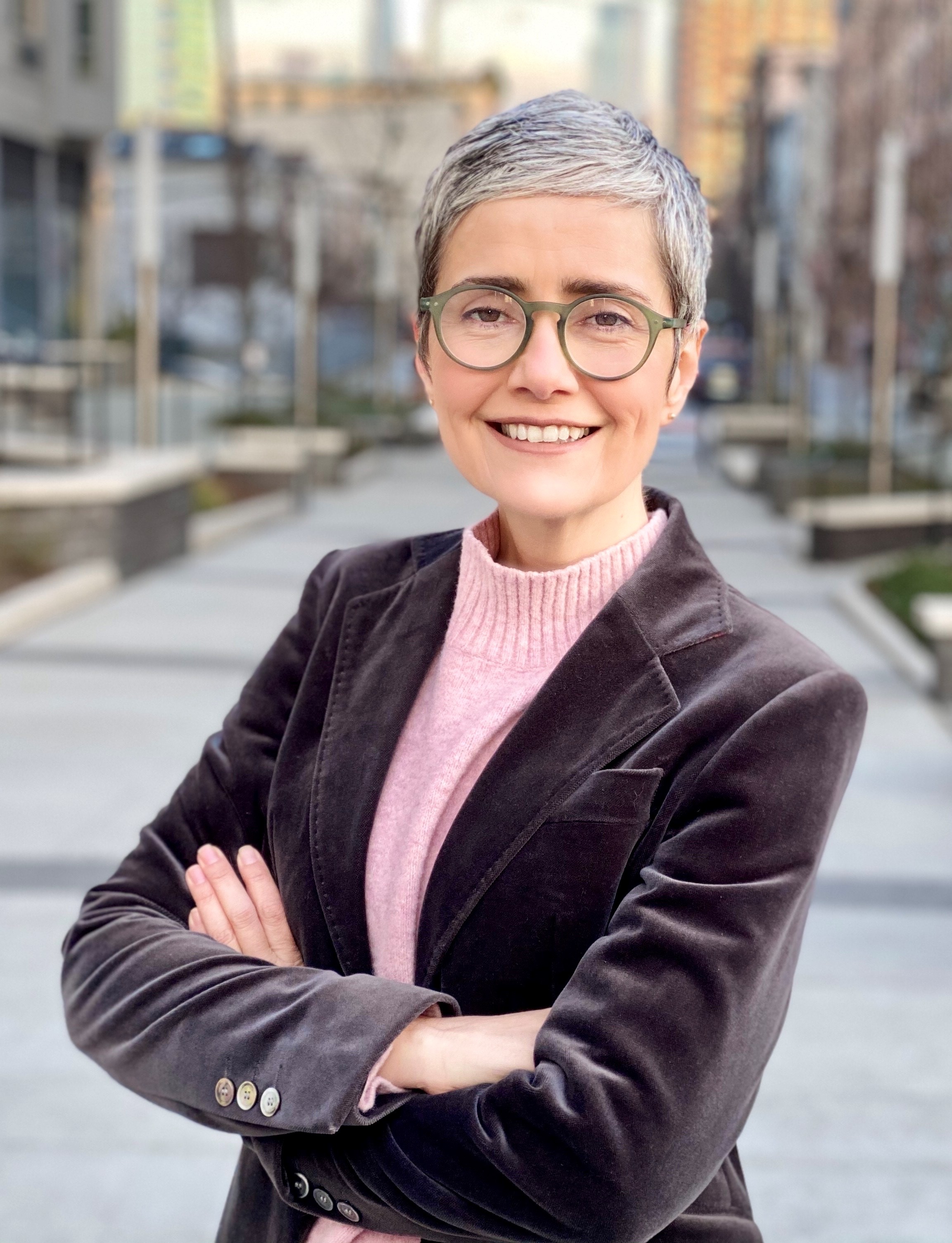 Prof. Debora Diniz is the Deputy Director of the Rights and Justice Unit for the International Planned Parenthood Federation/Western Hemisphere Region, where she oversees strategies to promote and protect gender equality, sex, and reproductive rights and health, and to eliminate violence against women and girls in Latin America and the Caribbean region. Her ongoing contributions span her work in sexual and reproductive health rights, social protection, and reframing the Zika virus in relation to social and racial inequalities.
Prof. Debora Diniz is the Deputy Director of the Rights and Justice Unit for the International Planned Parenthood Federation/Western Hemisphere Region, where she oversees strategies to promote and protect gender equality, sex, and reproductive rights and health, and to eliminate violence against women and girls in Latin America and the Caribbean region. Her ongoing contributions span her work in sexual and reproductive health rights, social protection, and reframing the Zika virus in relation to social and racial inequalities.
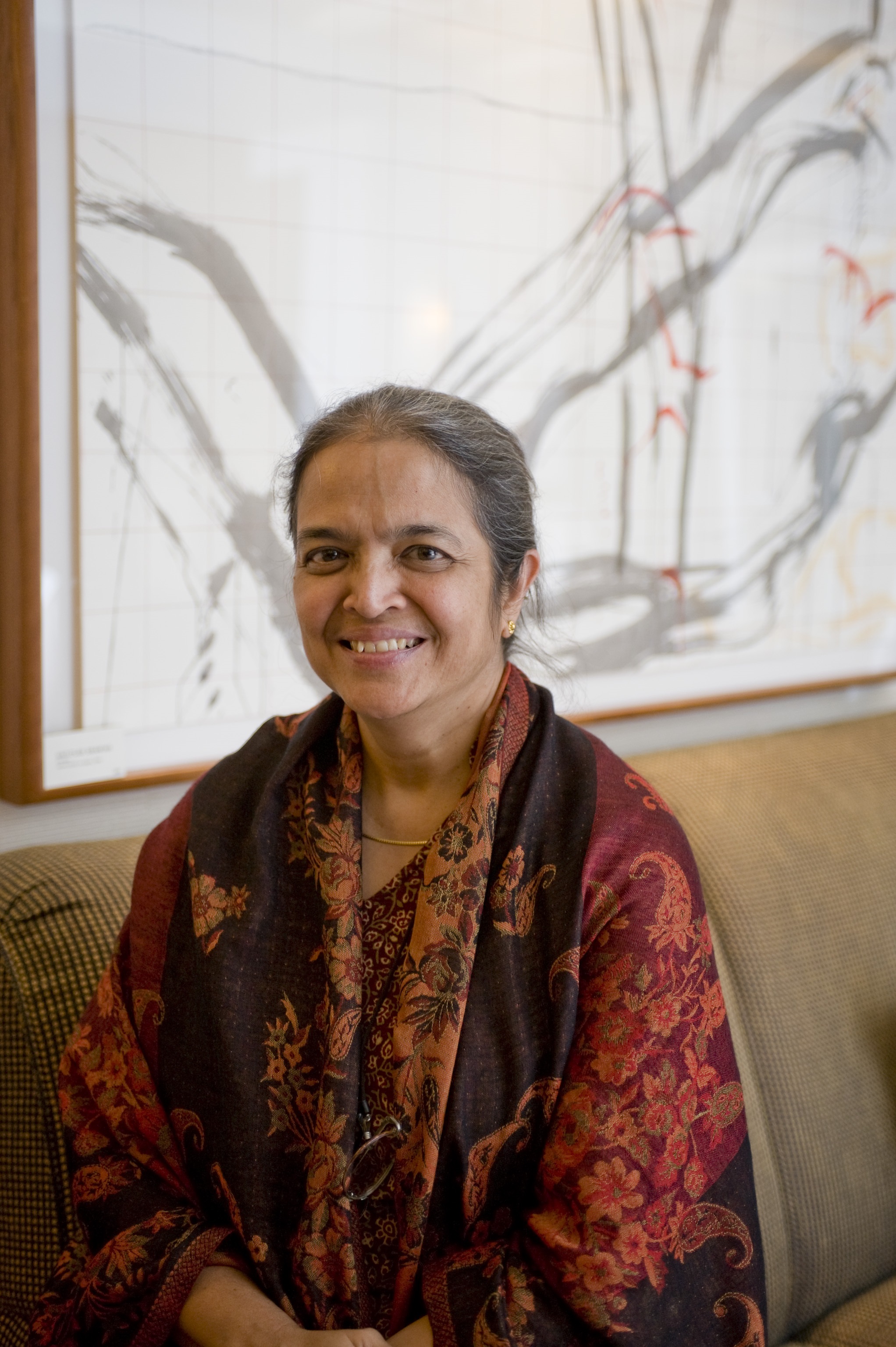 Prof. Gita Sen is a pioneering feminist scholar, researcher, and advocate. For decades, she has worked expansively in the fields of population policies, reproductive and sexual health, women’s rights, poverty, labor markets and global governance, combining her academic career with policy advocacy and activism. Her innovative research on disadvantaged populations in low income rural settings, together with her mentorship of young scholars and advocates, has made a significant impact on the field.
Prof. Gita Sen is a pioneering feminist scholar, researcher, and advocate. For decades, she has worked expansively in the fields of population policies, reproductive and sexual health, women’s rights, poverty, labor markets and global governance, combining her academic career with policy advocacy and activism. Her innovative research on disadvantaged populations in low income rural settings, together with her mentorship of young scholars and advocates, has made a significant impact on the field.
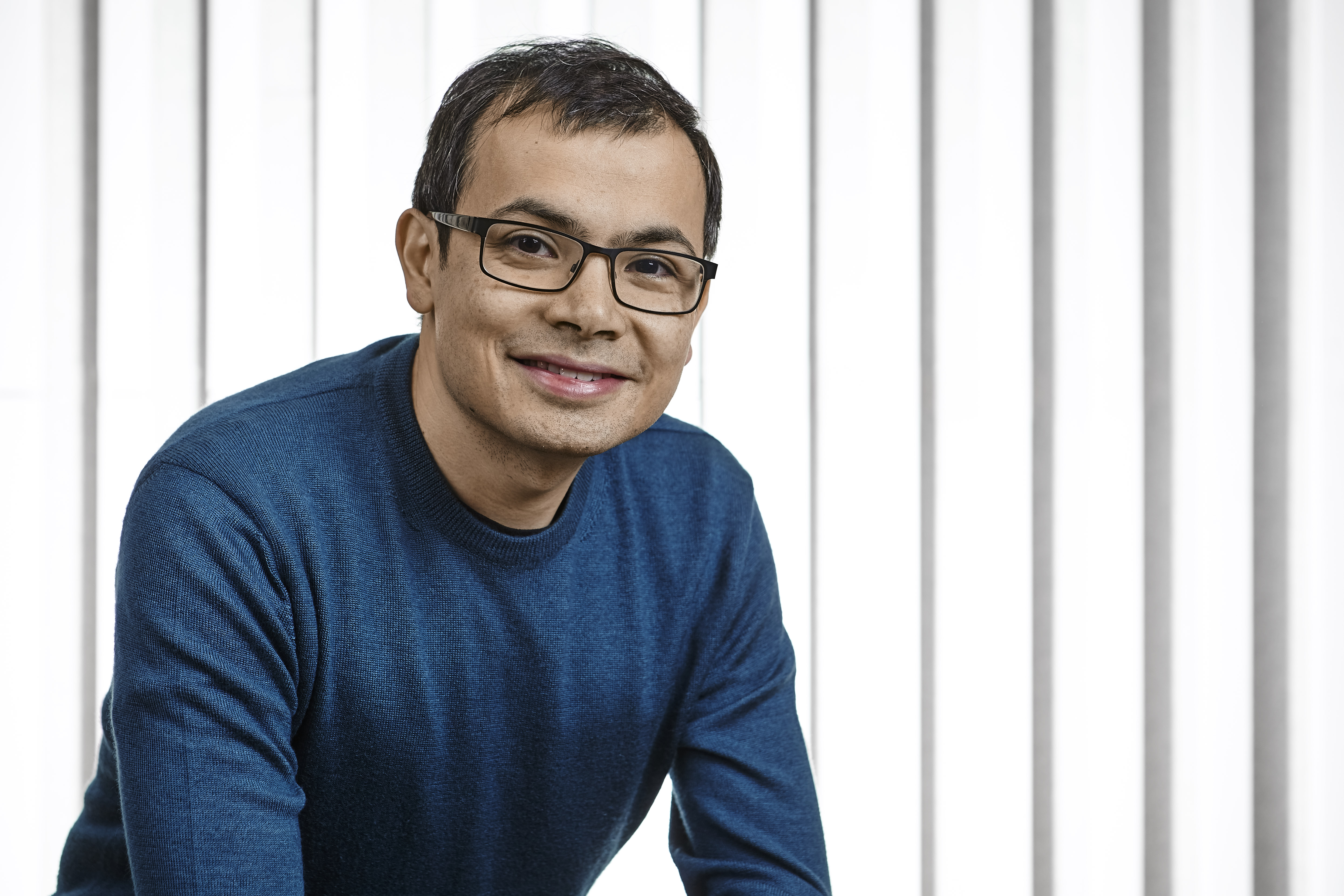 Dr. Demis Hassabis is a pioneer of artificial intelligence and a widely-cited neuroscientist. He is the co-founder and CEO of DeepMind, one of the world’s leading AI research companies, which seeks to combine insights from neuroscience and machine learning with the latest developments in computer hardware, to construct a mechanism for general-purpose learning – ‘artificial general intelligence.’ To date, DeepMind has published nearly 1,000 papers – including multiple Nature and Science publications – and achieved groundbreaking results in challenging AI domains, from self-learning algorithms playing strategy games at a “superhuman” level (DQN and AlphaGo), to protein folding and medical applications.
Dr. Demis Hassabis is a pioneer of artificial intelligence and a widely-cited neuroscientist. He is the co-founder and CEO of DeepMind, one of the world’s leading AI research companies, which seeks to combine insights from neuroscience and machine learning with the latest developments in computer hardware, to construct a mechanism for general-purpose learning – ‘artificial general intelligence.’ To date, DeepMind has published nearly 1,000 papers – including multiple Nature and Science publications – and achieved groundbreaking results in challenging AI domains, from self-learning algorithms playing strategy games at a “superhuman” level (DQN and AlphaGo), to protein folding and medical applications.
 Prof. Amnon Shashua is a machine learning and computer vision researcher at The Hebrew University of Jerusalem. His work and insights formed the seeds of several startups he has co-founded over the years, including Mobileye (acquired by Intel Corp. in 2017), which develops AI to enable driving assistance systems and autonomous driving technology – to date, more than 55 million cars throughout the world are equipped with Mobileye systems; and OrCam, which harnesses computer vision and natural language processing to assist the visually and hearing impaired.
Prof. Amnon Shashua is a machine learning and computer vision researcher at The Hebrew University of Jerusalem. His work and insights formed the seeds of several startups he has co-founded over the years, including Mobileye (acquired by Intel Corp. in 2017), which develops AI to enable driving assistance systems and autonomous driving technology – to date, more than 55 million cars throughout the world are equipped with Mobileye systems; and OrCam, which harnesses computer vision and natural language processing to assist the visually and hearing impaired.




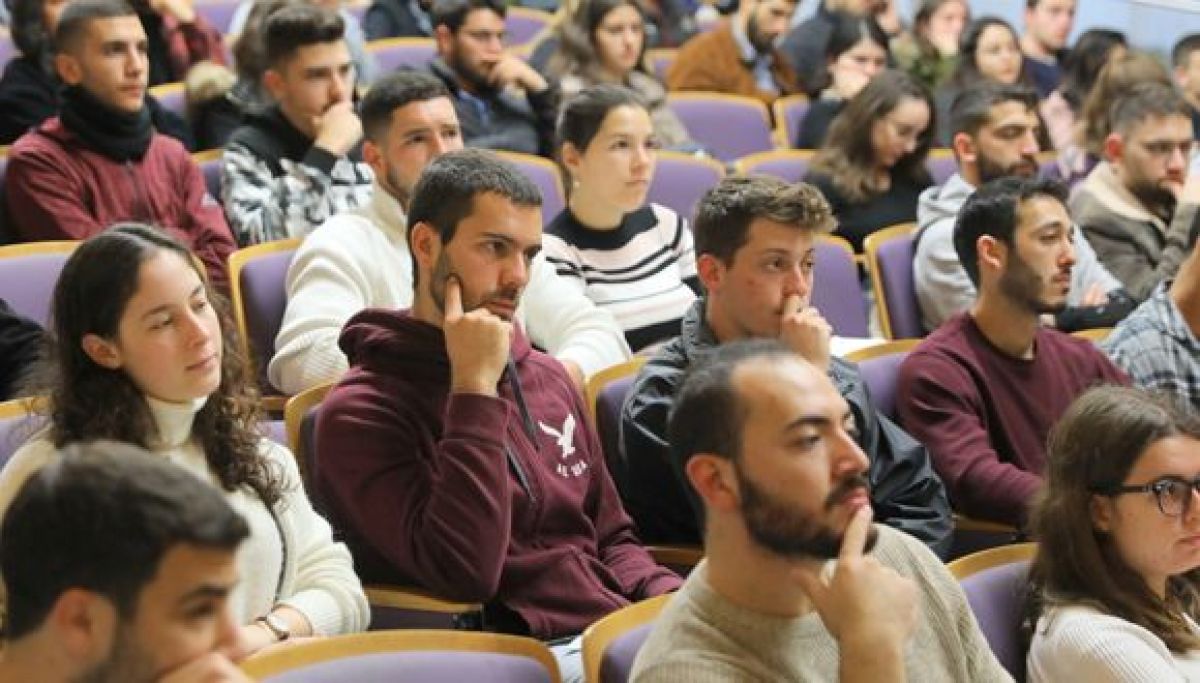

 Was he serious about it at the time? “Absolutely not,” says Prof. Rechavi. “I didn’t think it through, and didn’t think people would be interested. It was just a tweet, I didn’t think about it for more than a few seconds.”
Nonetheless, within hours, Prof. Rechavi got responses from scientists all over the world.
Was he serious about it at the time? “Absolutely not,” says Prof. Rechavi. “I didn’t think it through, and didn’t think people would be interested. It was just a tweet, I didn’t think about it for more than a few seconds.”
Nonetheless, within hours, Prof. Rechavi got responses from scientists all over the world.
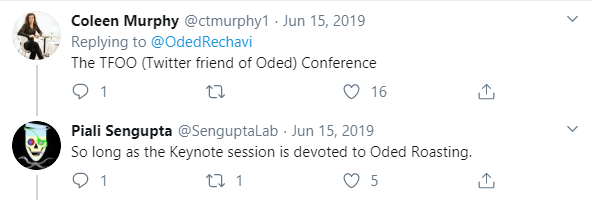 (Colleen Murphy, molecular biologist from Princeton, and Piali Sengupta, a neurogeneticist from Brandeis)
(Colleen Murphy, molecular biologist from Princeton, and Piali Sengupta, a neurogeneticist from Brandeis)
 (Ahna Skop, geneticist from UW-Madison)
(Ahna Skop, geneticist from UW-Madison)
 (Javier Irazoqui, microbiologist from the University of Massachusetts)
Within days, Prof. Rechavi received hundreds of messages from people who wanted to participate. And so, two days after the original tweet, the idea became a reality:
(Javier Irazoqui, microbiologist from the University of Massachusetts)
Within days, Prof. Rechavi received hundreds of messages from people who wanted to participate. And so, two days after the original tweet, the idea became a reality:
 “One of the great things about Twitter,” Prof. Rechavi says, “is that it feels like a big, global community of scientists who want to learn from each other and support each other. I want the conference to feel that way too. I want it to be friendly and welcoming, I want people to feel supported by the crowd. That kind of environment is great for collaboration.”
The “Woodstock of Science”
Woodstock.bio is different from other conferences. The event will have 75 speakers, with very short talks, and presentations containing only one slide. The order of speakers within each session will be decided randomly, to keep things fresh and spontaneous.
Each speaker will choose their own “Walk Up Song”, a short musical intro, like when a baseball hitter is walking up to the pitch. As soon as one person is done talking, a random generator will decide on the next song, from among the speakers listed for that session, so the order will be a surprise even to the speakers themselves. Prof. Rechavi hopes this will make the event feel more like a festival, and takes being compared to Woodstock as a compliment.
“One of the great things about Twitter,” Prof. Rechavi says, “is that it feels like a big, global community of scientists who want to learn from each other and support each other. I want the conference to feel that way too. I want it to be friendly and welcoming, I want people to feel supported by the crowd. That kind of environment is great for collaboration.”
The “Woodstock of Science”
Woodstock.bio is different from other conferences. The event will have 75 speakers, with very short talks, and presentations containing only one slide. The order of speakers within each session will be decided randomly, to keep things fresh and spontaneous.
Each speaker will choose their own “Walk Up Song”, a short musical intro, like when a baseball hitter is walking up to the pitch. As soon as one person is done talking, a random generator will decide on the next song, from among the speakers listed for that session, so the order will be a surprise even to the speakers themselves. Prof. Rechavi hopes this will make the event feel more like a festival, and takes being compared to Woodstock as a compliment.




.jpg) Prof. Ronit Satchi-Fainaro
Prof. Ronit Satchi-Fainaro.jpg) Prof. Carmit Levy
Prof. Carmit Levy
 The pot discovered in Megiddo. (Photo courtesy of the Sonia and Marco Nadler Archeology Institute)
Among other things, the trove contained nine large earrings and a seal ring, over a thousand small gold beads, and silver necklaces and jewelry. “This is how we found the big treasure of Area H, which is now part of the permanent exhibition at the Israel Museum in Jerusalem,” concludes Walzer.
The pot discovered in Megiddo. (Photo courtesy of the Sonia and Marco Nadler Archeology Institute)
Among other things, the trove contained nine large earrings and a seal ring, over a thousand small gold beads, and silver necklaces and jewelry. “This is how we found the big treasure of Area H, which is now part of the permanent exhibition at the Israel Museum in Jerusalem,” concludes Walzer.
 Earrings, rings and gold beads. A huge treasure from the Biblical period. (Photo courtesy of the Sonia and Marco Nadler Archeology Institute)
The longest record in the lowest place
We’ve all heard that still water runs deep, but did you know it can run deep enough to be remembered hundreds of thousands of years later? “I was looking for places to sample a rock that sank, in a still setting, to the bottom of the Dead Sea,” recalls Prof. Shmulik Marco, head of the
Earrings, rings and gold beads. A huge treasure from the Biblical period. (Photo courtesy of the Sonia and Marco Nadler Archeology Institute)
The longest record in the lowest place
We’ve all heard that still water runs deep, but did you know it can run deep enough to be remembered hundreds of thousands of years later? “I was looking for places to sample a rock that sank, in a still setting, to the bottom of the Dead Sea,” recalls Prof. Shmulik Marco, head of the  The lowest place: layers of rock at the Dead Sea
Because modern seismographs have only existed for about a century, which is barely a moment in earthquake terms, it’s impossible to know how a specific area behaves over long periods of time. In Israel, for example, there’s documentation from the Biblical period (about 3,000 years ago), which is still considered very little. “But now we have a record of the earthquakes that happened around the Dead Sea in the last 220,000 years. That’s considered a unique, world record, because there’s no other documentation in the world that’s so long and continuous,” concludes Professor Marco.
The lowest place: layers of rock at the Dead Sea
Because modern seismographs have only existed for about a century, which is barely a moment in earthquake terms, it’s impossible to know how a specific area behaves over long periods of time. In Israel, for example, there’s documentation from the Biblical period (about 3,000 years ago), which is still considered very little. “But now we have a record of the earthquakes that happened around the Dead Sea in the last 220,000 years. That’s considered a unique, world record, because there’s no other documentation in the world that’s so long and continuous,” concludes Professor Marco.
 Neat vs messy: A layer of rock in which the natural order was disturbed
A miracle of light
As she was nearing the end of her postdoctoral studies at Yale University, Dr. Ines Zucker of the
Neat vs messy: A layer of rock in which the natural order was disturbed
A miracle of light
As she was nearing the end of her postdoctoral studies at Yale University, Dr. Ines Zucker of the  “Many times unexpected discoveries surprise us.” Dr. Zucker in the lab
A star (re)born
For Dr. Iair Arcavi, of the
“Many times unexpected discoveries surprise us.” Dr. Zucker in the lab
A star (re)born
For Dr. Iair Arcavi, of the  A supernova exploding far, far away
“Usually, when a star explodes, the light intensity goes up and down and eventually disappears after a few months. In our case, the light intensity went up and down, then did it again and again, for a total of five times over two years. What surprised us even more was when we discovered that this star actually exploded in 1954, and after a star explodes, it’s not supposed to explode again, because the explosion destroys the star. To this day no one’s been able to explain it, and we haven’t seen a similar event since.”
A supernova exploding far, far away
“Usually, when a star explodes, the light intensity goes up and down and eventually disappears after a few months. In our case, the light intensity went up and down, then did it again and again, for a total of five times over two years. What surprised us even more was when we discovered that this star actually exploded in 1954, and after a star explodes, it’s not supposed to explode again, because the explosion destroys the star. To this day no one’s been able to explain it, and we haven’t seen a similar event since.”
 The sky is full of surprises: Dr. Arcavi and the Hawaii observatory
Two for the price of one
Have you ever looked for a solution to a problem, only to solve an entirely different problem along the way? That’s exactly what happened to Prof. Noam Shomron of the
The sky is full of surprises: Dr. Arcavi and the Hawaii observatory
Two for the price of one
Have you ever looked for a solution to a problem, only to solve an entirely different problem along the way? That’s exactly what happened to Prof. Noam Shomron of the  Professor Shomron talking about his accidental discovery at an “Atnahta” event at TAU
Professor Shomron talking about his accidental discovery at an “Atnahta” event at TAU